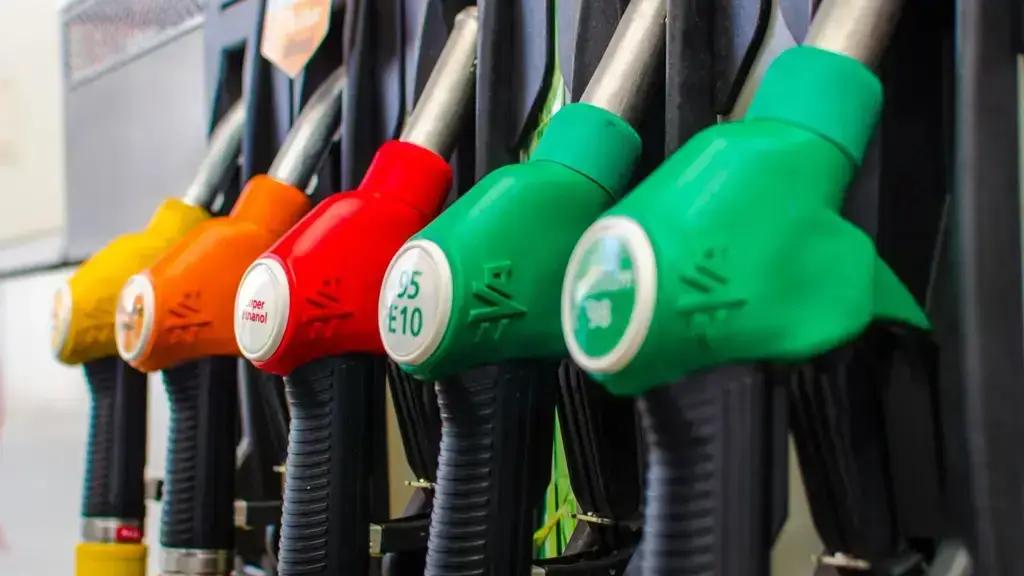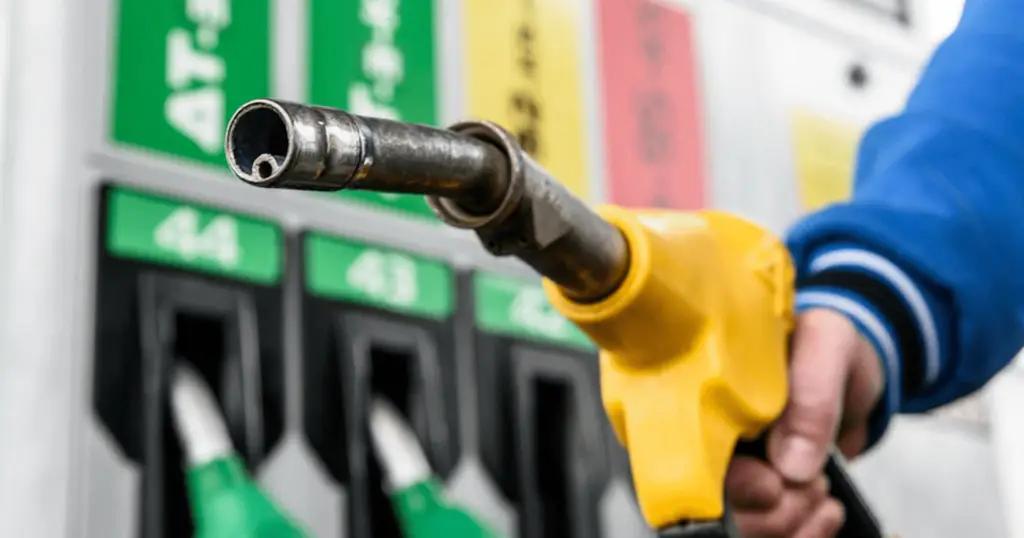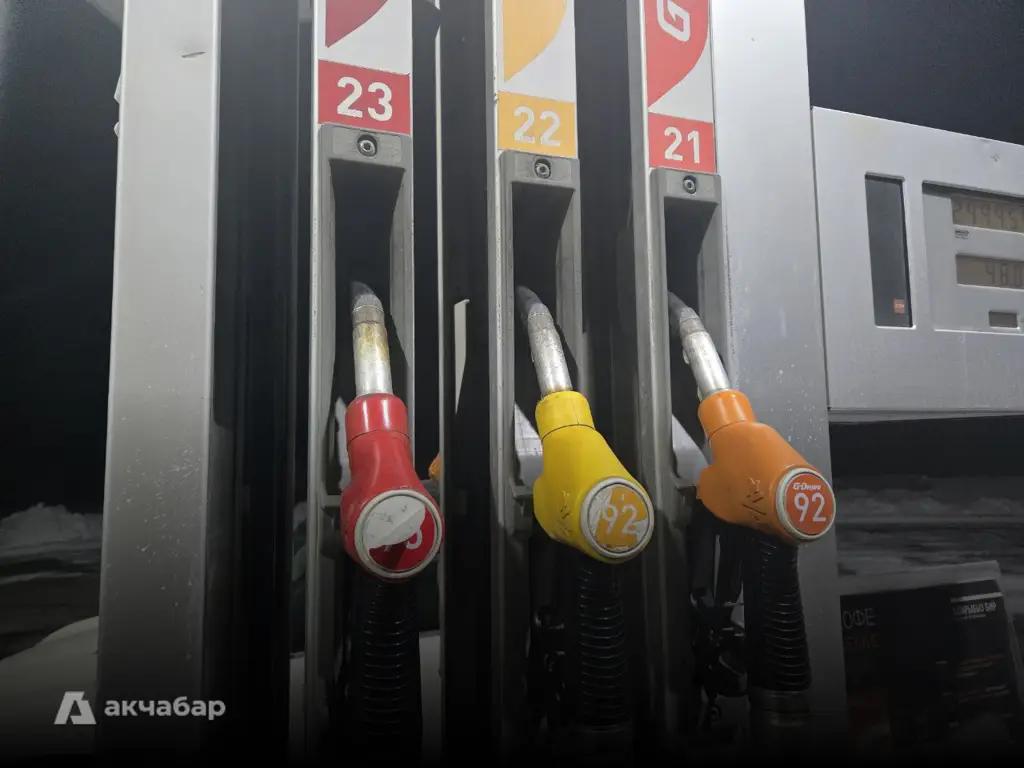
Published
05/20/2025, 13:29In early January, oil traders surprised Kyrgyzstanis with an unexpected drop in motor fuel prices. At that time, gasoline at gas stations in the capital fell by 3 KGS per liter. This was attributed to the sale of reserves purchased earlier at lower purchase prices. However, the reserves ran out, and with them the fuel discount. As of May 16, according to the National Statistical Committee, the average price of Ai-95 gasoline in Bishkek was 73.90 KGS, and Ai-92 was 65.47 KGS per liter. This is significantly higher than in January, when Ai-95 cost 71.72 som and Ai-92 cost 63.75 KGS.
The statistics are confirmed by prices at gas stations. For example, at Gazprom in Bishkek, a liter of Ai-95 costs exactly 73.9 KGS.
Thus, since the beginning of the year, the price of Ai-95 has increased by 2.18 KGS, and Ai-92 by 1.72 KGS.
Gasoline prices vary across the country. The highest price for Ai-95 is in Karakol, where a liter costs 75.8 KGS, and the lowest is in Kara-Suu, at 71.4 KGS. For comparison, gasoline costs 73.8 KGS in Osh and 74.3 KGS in Batken and Naryn.
The average price of diesel fuel in the republic was 73.61 KGS per liter. In Osh and Toktogul, prices are higher than the national average at 75.4 KGS.
The price reduction in early 2025 coincided with the introduction of a new taxation system for car owners. Specifically, Kyrgyzstan abolished the transport tax and replaced it with a single payment of 1 KGS per liter of fuel, already included in the price at gas stations.
Against this backdrop, the January price reduction appears to be an attempt to smooth out the possible public reaction to the new fiscal burden. This was made possible by the fact that oil traders had fuel reserves purchased at even lower prices. However, now that the old reserves have been sold off, prices have begun to return to their previous levels.



